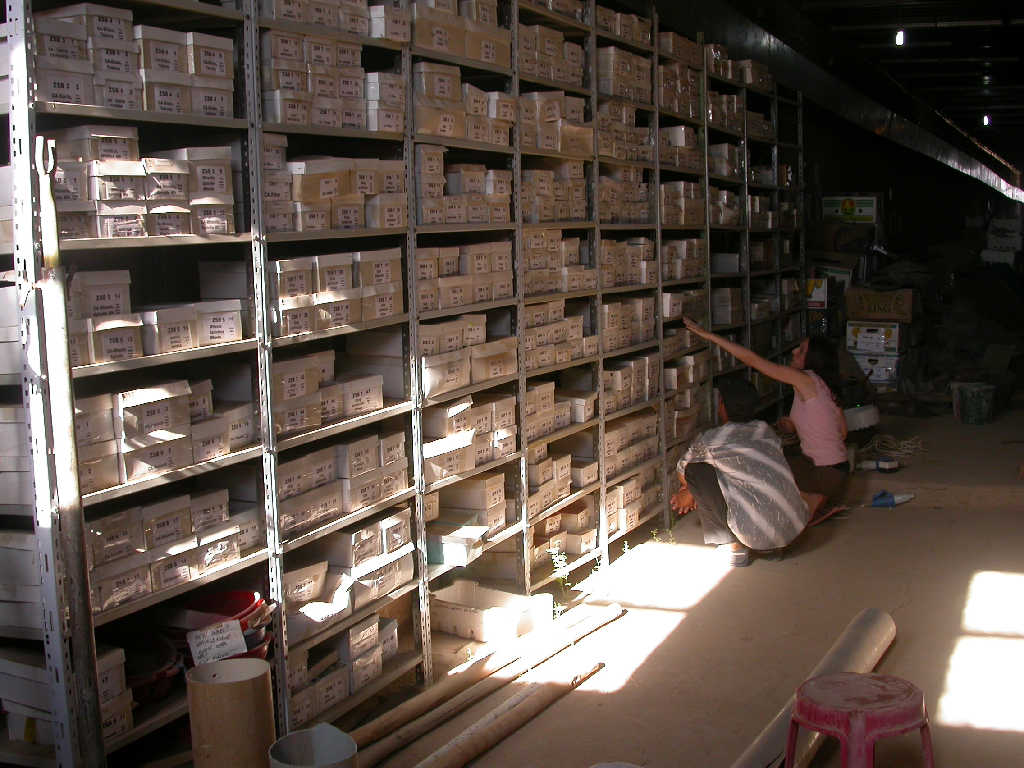Our main commitment remains that of scientific research. As captivating as everything else may be, our fundamental task remains the research that leads to a better understanding of the past. And in this sense AVASA works on two fronts.
The ancient city of Urkesh is our "workshop" also from the point of view of research. Our research commitment is therefore carried out both on site, through the analysis of the data stored in the storage rooms of the Mission and collaborating with local universities, as well as away from the site, in Italy and elsewhere, for the in-depth study of documentary and theoretical aspects of archaeology in general and that of Urkesh in particular.
On site – In addition to the documentation of the preservation project of the site, we have carried out an extensive project of scanning of archival material, created prior to the digital age.
Another important project consists in the analysis of pottery sherds stored in the house of the Mission: a local specialist, who grew up in the school of the Mission during the excavations, analyzed about 70,000 pieces: we received the complete documentation in digital format for each one of them, via the Internet. The same specialist gave two seminars on ceramic analysis to groups of university students from the city near Urkesh.

In the summer of 2017, we also organized a two-day seminar in excavation techniques for a group of about twenty students, also from the local university: indeed, Urkesh is the only archaeological site in the region where it is still possible to have a direct experience with the excavated materials.
In Italy and elsewhere. – AVASA supports three Syrian students, particularly for their PhD studies at the universities of Pavia, Rome and Edinburgh. AVASA also continues to collaborate with a Syrian student who has obtained her doctorate from the University of Florence, partly with our support.
In 2017, two volumes appeared, one of theory describing the system on which the excavation of Urkesh is based, while the other is the publication of the palace of Tupkish. Three other volumes of data from the excavation of Urkesh are in an advanced state of production for printing.